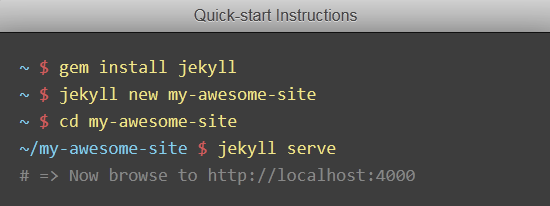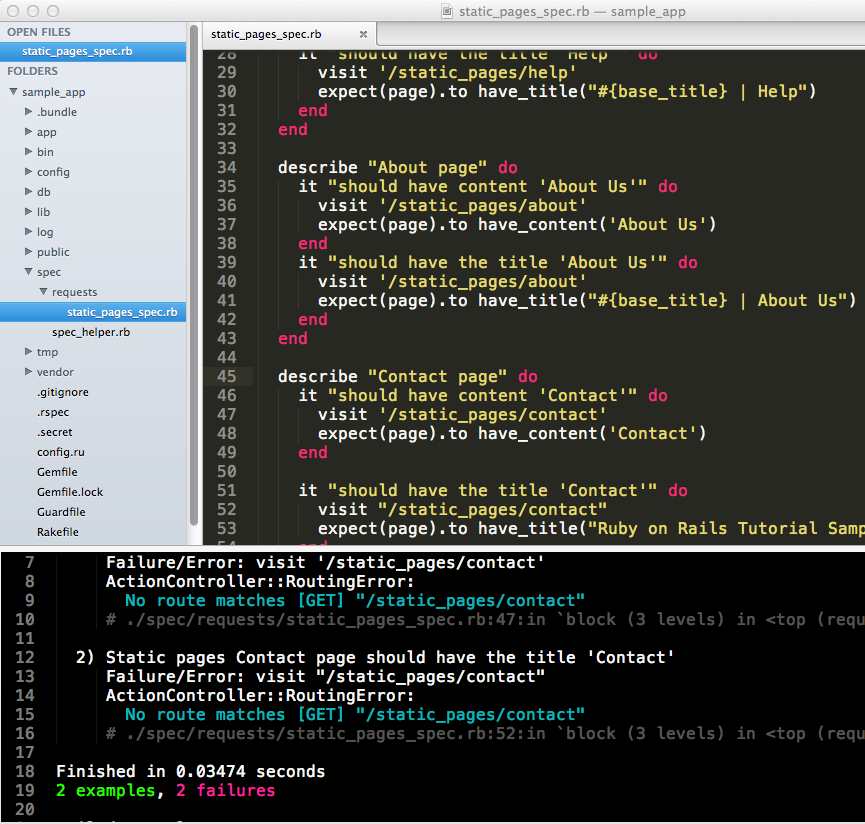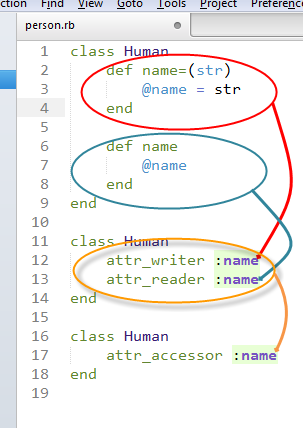There are already guide out there to get Jekyll installed on Windows machine.
I have problem to start it after installation though, a long list of errors follow,
D:\ruby_projects\olla\jekyll serve Configuration file: D:/ruby_projects/olla/_config.yml Source: D:/ruby_projects/olla Destination: D:/ruby_projects/olla/_site Generating... Liquid Exception: cannot load such file -- yajl/2.0/yajl in _posts/2013-10-22-welcome-to-jekyll.markdown |
And of course, solution is out there as well https://github.com/brianmario/yajl-ruby/issues/116, make sure to read till the very end of the thread. Pre-compiled gem is not Ruby 2.0 compatible, if there is already x86-mingw32 version of yajl installed, make sure to uninstall it then follow these steps
D:\ruby_projects\olla>gem install yajl-ruby --platform=ruby Fetching: yajl-ruby-1.1.0.gem (100%) Temporarily enhancing PATH to include DevKit... Building native extensions. This could take a while... Successfully installed yajl-ruby-1.1.0 Parsing documentation for yajl-ruby-1.1.0 Installing ri documentation for yajl-ruby-1.1.0 Done installing documentation for yajl-ruby after 2 seconds 1 gem installed |
If one decided to do development works in a windows machine, by faith you have to jumped over lot of hoops to make thing happen. Latest pygments gem just refuse to work
D:\ruby_projects\olla\jekyll serve Configuration file: D:/ruby_projects/olla/_config.yml Source: D:/ruby_projects/olla Destination: D:/ruby_projects/olla/_site Generating... C:/RailsInstaller/Ruby2.0.0/lib/ruby/gems/2.0.0/gems/posix-spawn-0.3.6/lib/posix/spawn.rb:162: warning: cannot Liquid Exception: No such file or directory - /bin/sh in _posts/2013-10-22-welcome-to-jekyll.markdown |
A little search show the solution in StackOverflow, just uninstall the latest pygments gem, and install version 0.5.0 as suggested. Tada, you can jekyll serve and point to localhost:4000 finally.
Now compare all those steps with this one

Can’t help but feel like developing in Windows environment waaaay more fascinating. Ha.



